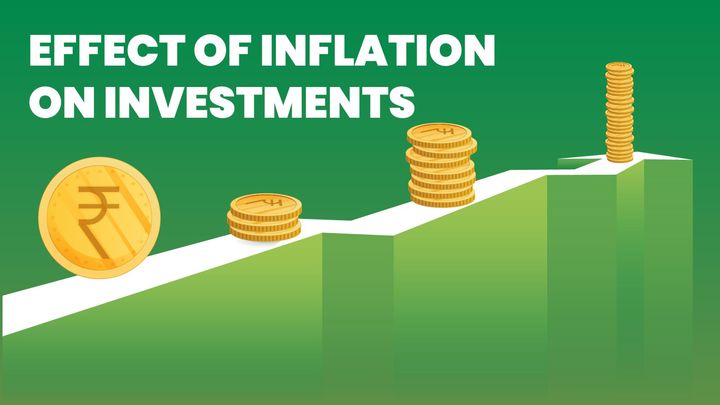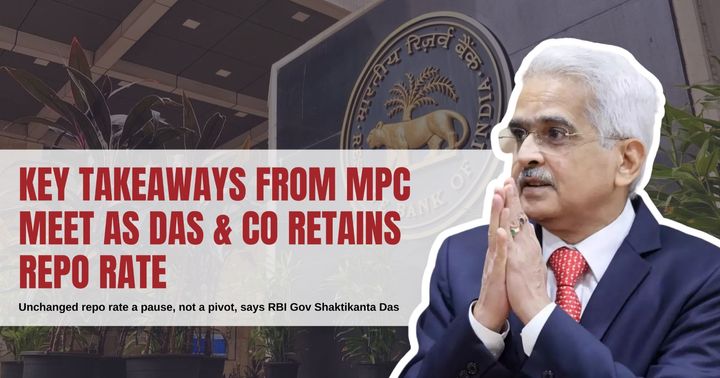25 terms to know about Options Trading

- Option: An option is a contract between two parties that gives the buyer the right, but not the obligation, to buy or sell an underlying asset at a specified price (strike price) on or before a specific date (expiration date). Options are used for hedging or speculation purposes.
- Call Option: A call option is a type of option that gives the buyer the right, but not the obligation, to buy the underlying asset at the strike price on or before the expiration date. A call option is typically used when an investor expects the underlying asset’s price to rise.
- Put Option: A put option is a type of option that gives the buyer the right, but not the obligation, to sell the underlying asset at the strike price on or before the expiration date. A put option is typically used when an investor expects the price of the underlying asset to fall.
- Strike Price: The strike price is the price at which the underlying asset can be bought or sold. It is the price at which the option is exercised if the buyer decides to do so.
- Expiration Date: The expiration date is the date on which the option contract expires. After the expiration date, the option is no longer valid and cannot be exercised.
- In the money: An option is said to be “in the money” if it has intrinsic value. Intrinsic value is the amount by which the option is in profit, i.e., if the option’s strike price is favorable compared to the current market price of the underlying asset.
- Out of the money: An option is said to be “out of the money” if it does not have intrinsic value, i.e., if the option’s strike price is unfavorably compared to the current market price of the underlying asset.
- At the money: An option is said to be “at the money” if its strike price roughly equals the underlying asset's current market price.
- Premium: The premium is the price that the buyer pays for the option contract. The premium is determined by a number of factors, including the price of the underlying asset, the strike price, the expiration date, and the option type (call or put).
- Time Decay: Time decay refers to the erosion of the value of an option as it approaches its expiration date. As time passes, the value of the option decreases due to the decreasing likelihood of the underlying asset price moving in a favorable direction.
- Intrinsic Value: The intrinsic value of an option is the difference between the current market price of the underlying asset and the option’s strike price. An option with intrinsic value is "in the money".
- Time Value: The time value of an option is the premium paid for the option, minus its intrinsic value. The time value represents the potential for the option to gain value as the expiration date approaches.
- Implied Volatility: Implied volatility is a measure of the market’s expectations for the future volatility of the underlying asset. It is based on the price of the option and can be used to gauge the perceived risk of the underlying asset.
- Delta: Delta is a measure of how much the price of an option will change for every $1 change in the price of the underlying asset. Delta can be positive or negative, depending on whether the option is a call or put.
- Gamma: Gamma is a measure of how much the delta of an option will change for every $1 change in the price of the underlying asset. Gamma can be used to measure the risk of an option position.
- Theta: Theta measures how much an option's value will decay over time. Theta is negative, meaning that the value of the option decreases as time passes. Theta is used to assess the time decay risk of an option position.
- Vega: Vega is a measure of the sensitivity of an option’s price to changes in implied volatility. Vega is used to assess the volatility risk of an option position.
- Open Interest: Open interest refers to the total number of outstanding option contracts for a particular underlying asset. It is an important indicator of the liquidity of the options market.
- Liquidity: Liquidity refers to the ease with which an option can be bought or sold in the market without significantly affecting its price. Liquid options have high trading volumes and tight bid-ask spreads.
- Bid-Ask Spread: The bid-ask spread is the difference between the highest price a buyer is willing to pay for an option (the bid) and the lowest price a seller is willing to accept (the ask). The bid-ask spread reflects the transaction costs of buying or selling an option and can impact the profitability of an option's position.
- Spread: A spread is a strategy that involves buying and selling two or more options simultaneously. Spreads are used to limit risk and profit from market volatility.
- Iron Condor: An iron condor is a complex options trading strategy that involves selling a put spread and a call spread simultaneously. The iron condor is used to profit from low volatility and is a neutral strategy.
- Butterfly Spread: A butterfly spread is a strategy that involves buying and selling three options simultaneously at the same strike price. The butterfly spread is used to profit from low volatility and is a neutral strategy.
- Collar: A collar is a strategy that involves buying a protective put option while simultaneously selling a call option on the same underlying asset. The collar is used to protect against downside risk while still generating income from the call option.
- Covered Call: A covered call is a strategy that involves owning the underlying asset while simultaneously selling a call option on that asset. The covered call is used to generate income from the call option while still holding the underlying asset.
Understanding these 25 options trading terms is essential for anyone interested in trading options. By mastering these terms, you'll be able to better analyze and manage your options positions and make more informed trading decisions. Keep in mind that options trading can be risky, and it's important to have a solid understanding of these terms and other aspects of options trading before investing your money.
Learn Option series next reads:







Comments ()